Every year, Australian organisations can expect to lose about 16% of their staff. This is a 3% increase on reported levels in 2012. There’s a significant economic cost associated with this, but there are also significant social and cultural impacts to consider. Attracting and retaining top talent is the current battlefront in the talent wars.
What is the economic cost?
While estimates and actual costs can vary, a fair estimate is that it costs between six to nine months of an employee’s average annual salary to replace them once they have left.
We know that the average annual Australian salary is approximately $80,000, which effectively amounts to a cost of $40,000 to $60,000 per employee that leaves. The cost will be significantly higher for management and executives.
It is also worth noting that Australia has one of the highest rates globally of first year employees leaving their roles at 23%.
So a small to medium-sized business can expect to lose at least a few employees each year. Assuming this number to be three, the average cost to the business would be approximately $150,000 per year.
Deloitte also identifies the following costs:
- The cost of hiring a new employee, including the advertising, interviewing, screening, and hiring;
- Cost of on-boarding a new person, including training and management time;
- Lost productivity. It may take a new employee one to two years to reach the productivity of an existing person;
- Lost engagement. Other employees who see high turnover tend to disengage and lose productivity;
- Customer service and errors. For example, new employees take longer and can be less adept at solving problems; and
- Training costs. For example, over two to three years a business likely invests 10 to 20% of an employee’s salary or more in training
What is the social cost?
While its natural each year for some people to move on and others to stay, there is no doubt that when great people walk out the door, there is a significant negative impact on the organisation and its remaining staff. They may find themselves asking:
Why has a top performing employee made the choice to leave my organisation?
This question will then snowball into:
- Am I happy at work?
- Do I feel the same way?
- Do I also need to move on?
Social contagion can spread this sort of negativity like wildfire, thus negatively affecting the ongoing wellbeing of employees. It can also manifest in increasing levels of absenteeism and presenteeism, further affecting the bottom line.
High rates of absenteeism and presenteeism (people headed to work when they were probably too sick and generally unproductive) are hugely costly and damaging to an organisation’s morale, culture and bottom line.
What is driving retention and performance?
Our research indicates that there are three key elements that motivate people and keep them happy at work: mission, altruism (helping others) and wellbeing. People need a clear mission that is aligned to an authentic set of values, an opportunity to help others regularly, and to feel safe, healthy and confident to do their job well.
The evidence also suggests that implementing a purpose-driven approach to business can result in significant improvements in the ability to attract and retain talented young people. Recent Deloitte research supports this theory by indicating that mission-driven companies have 40% higher levels of retention
A recent study conducted at LinkedIn HQ found that purpose-oriented employees were 54% more likely to stay at the company for more than 5 years and 30% more likely to be high performers.
This is supported by an imperative study released in 2015, that revealed purpose-oriented employees having a 20% longer expected tenure at a company as compared to peers.
Similarly, a recent Deloitte study found that 73% of employees who say they work at a “purpose-driven” company are engaged, compared to just 23% of those who don’t.
Employee engagement is a key driver of performance and retention, and reduces turnover and job dissatisfaction
In the US, KPMG’s research revealed that employees whose leaders talked about purpose scored significantly higher on retention, brand and purpose-related items than those whose leaders do not.
What can we do?
Implementing a tailored social impact program that can address these areas is a great starting point to re-engaging staff, doing good in the community and ensuring people are happy, healthy and aligned to the organisation’s purpose. Some key elements of this work include:
- Educating your people about the higher purpose of their work;
- Telling stories of employee community contribution;
- Introducing a workplace volunteering and giving program;
- Producing social impact and sustainability reports;
- Making sure your employees are learning and growing; and
- Making sure your employees and happy and healthy.
This article was written by Mike Davis, Founder of Purposeful and published here in SmartCompany on 31 March 2017. To learn from Australia’s best purpose-driven leaders, check out the Humans of Purpose podcast here.


